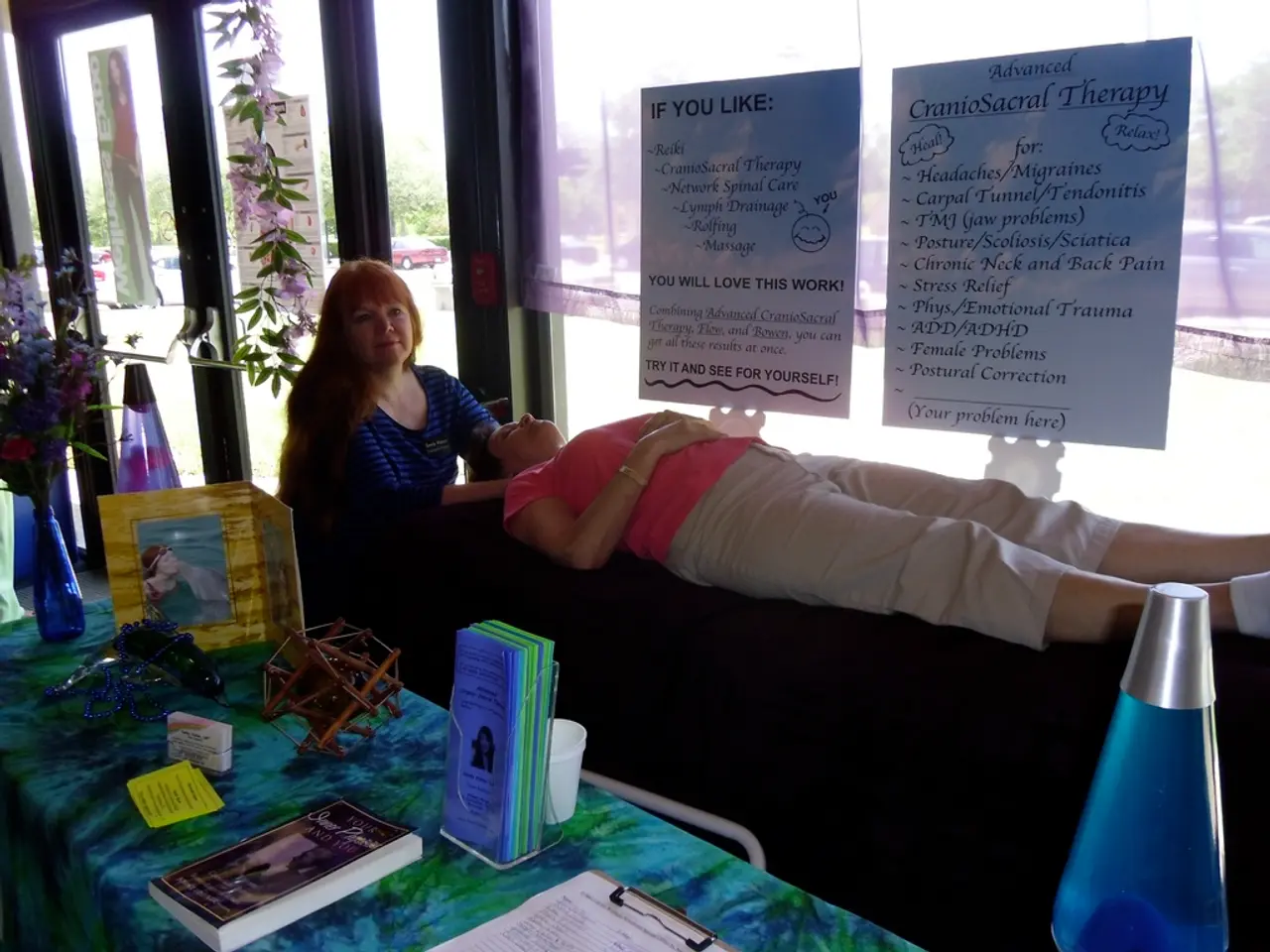Top Recommended Reading on Deciphering Deceit: Expert Advice for Probing into Liar's Secrets
In the world of forensic psychology and intelligence, understanding the intricacies of lie detection is paramount. Here are some of the most respected, research-based books on the subject that are widely used by law enforcement, intelligence agencies, and forensic professionals.
"Detecting Lies and Deceit: Pitfalls and Opportunities" by Aldert Vrij stands out as the gold standard in scientific literature on lie detection. Vrij, a leading deception researcher, delves deep into the psychology of lying, the limitations of behavioral cues, and presents peer-reviewed, research-backed insights into what actually works in detecting deception. This book is highly recommended for professionals, forensic psychologists, and students seeking an accurate and reliable resource grounded in empirical research. Topics covered include verbal vs. non-verbal cues, differences between truth-tellers and liars, and lie detection in real-world settings such as courts and security screenings.
Another valuable resource is "How to Detect Lies, Fraud and Identity Theft" by Traci Brown. This book offers practical insights on body language and deception detection, often utilized by law enforcement and business professionals to identify lies and prevent fraud. While it is less of a pure research-based volume, it is invaluable for forensic and investigative applications focused on behavioral cues and deception.
Navarro's "What Every Body Is Saying" emphasizes the importance of baseline behavior and warns against jumping to conclusions, a point many body language books miss. "The Truth About Lying" uses simple, real-world language and focuses on how people lie in personal and workplace settings, providing a step-by-step breakdown of deception scenarios. This book offers numerous real-world examples and provides information about types of liars, signs of deception in relationships, and how to confront a suspected liar.
For those interested in the science of polygraph testing, related literature and historical context can be found in various practical and academic books. However, the gold standard for understanding deception itself remains Vrij's comprehensive research-based book.
Paul Ekman's "Telling Lies: Clues to Deceit in the Marketplace, Politics, and Marriage" is widely used by the FBI, CIA, and security services. Ekman's work explains how emotions "leak" through facial expressions, even in skilled liars. Joe Navarro's book, "What Every Body Is Saying", offers a field guide to nonverbal communication, although it is not purely about lie detection.
It's important to note that lie detection isn't about spotting a single gesture or watching for someone to "look left." Instead, it's a science grounded in behavioral analysis, physiological responses, and verbal inconsistencies.
In conclusion, for anyone seeking the most accurate, peer-reviewed insights into human deception, "Detecting Lies and Deceit: Pitfalls and Opportunities" by Aldert Vrij is the recommended starting point. While other books offer valuable practical insights, Vrij's work provides a nuanced, evidence-based understanding of deception that sets it apart in the field.
- Aldert Vrij's book, "Detecting Lies and Deceit: Pitfalls and Opportunities," is considered the gold standard in scientific literature on lie detection, providing a nuanced, evidence-based understanding of deception.
- Vrij delves into the psychology of lying, the limitations of behavioral cues, and presents peer-reviewed, research-backed insights into what actually works in detecting deception.
- Traci Brown's book, "How to Detect Lies, Fraud and Identity Theft," offers practical insights on body language and deception detection, often utilized by law enforcement and business professionals.
- For those interested in the science of polygraph testing, related literature and historical context can be found in various practical and academic books, but the gold standard for understanding deception itself remains Vrij's comprehensive research-based book.
- Online education platforms like learning.com provide courses on lie detection, based on books such as Vrij's, offering a means for education and self-development in this field.
- However, it's crucial to understand that lie detection isn't about spotting a single gesture or a single behavior; it's a science grounded in behavioral analysis, physiological responses, and verbal inconsistencies, making a well-rounded education in the subject all the more important.




